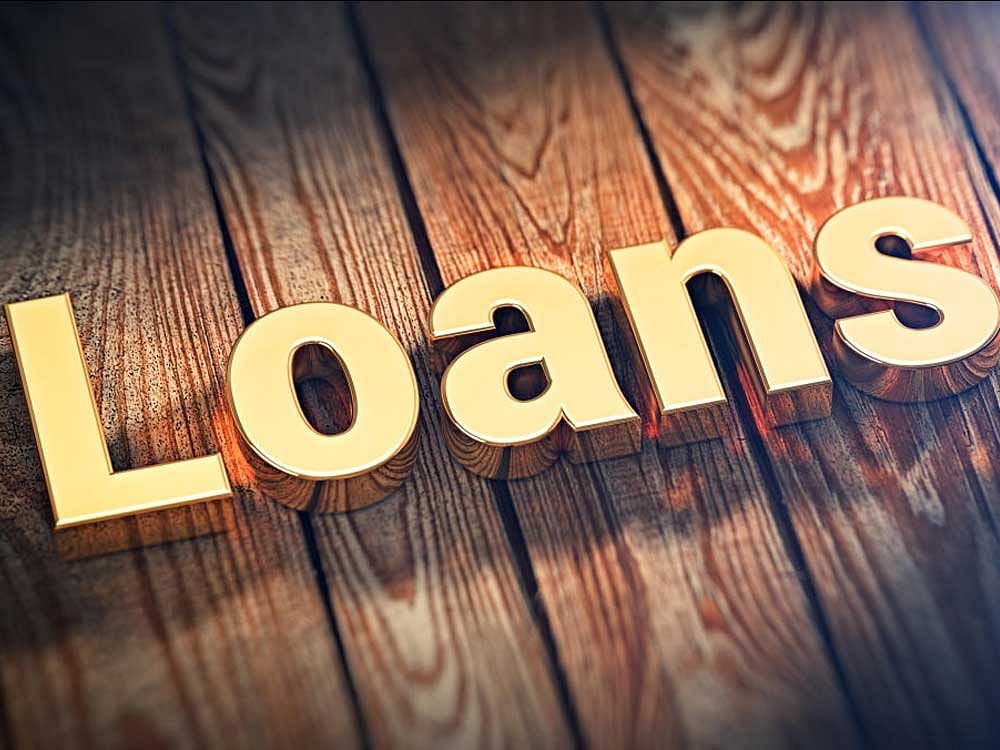
Karnataka’s banks appear to be struggling to find students to avail education loans. As a result, the 2018-19 fiscal is set to become another bad year as banks have not been able to reach their credit target on this front.
This fiscal, 44 banks and the Karnataka State Finance Corporation had set a lending target of Rs 6,027 crore in the education sector as part of the annual credit plan. As on December 2018, banks have lent only Rs 1,645 crore — a 28% achievement.
Performance of banks on granting education loans has been worrisome with achievement dipping year-on-year. This came up for discussion during the State Level Bankers’ Committee (SLBC) meeting earlier this week, where Chief Secretary T M Vijay Bhaskar asked the banks to ensure more education loans are disbursed.
Bankers have identified private moneylending as “a major reason” for their poor show. “According to Indian Banks’ Association guidelines, an education loan of over Rs 7.5 lakh needs collateral security. But some moneylending institutions are offering loans up to Rs 25 lakh without any security collateral. This is a major reason students are not borrowing enough from us,” SLBC deputy general manager K S Karunakara said.
Banks are also pinning the blame the rising number of education loans becoming non-performing assets (NPAs). Between April and December 2018, NPA education loans went up from Rs 467 crore to Rs 619 crore, according to SLBC data. “Rising NPAs could be another reason for branch managers, not sanctioning loans,” Karunakara said.
Karnataka’s major lenders — Canara Bank, Corporation Bank, Syndicate Bank, State Bank of India and Vijaya Bank — have granted most of the education loans. These five banks also have the highest education loan NPAs.
Education is a priority sector for banks alongside agriculture, MSME, housing, social infrastructure and renewable energy. In fact, the lending target is higher for priority sector focussing on weaker sections and rural areas.
For education loans, banks charge 10% interest for loans below Rs 7.5 lakh, increasing the rate by half percentage point for higher amounts. For girls, the interest rate is lower and prompt repayment earns a 1% rebate. “Some private institutions charge 11-12.5% interest,” Karunakara pointed out.
SLBC has asked banks to hold loan campaigns in collaboration with universities and colleges to meet the lending target before the end of the financial year.
